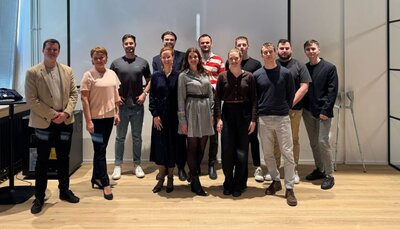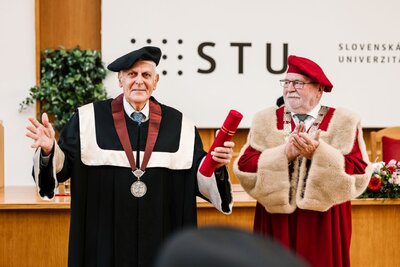UNESCO Chair for the Restoration of an Architectural Heritage at Slovak Technical University in Bratislava represents an effort to create a professional platform for the restoration of architectural heritage issues along with the connection of educational and scientific-research activities of university workplaces into professional and methodic workplaces with the emphasis on the interdisciplinary approach towards the restoration of monuments and ensembles.
UNESCO Chair is a part of the UNITWIN program which has been supporting international interuniversity collaboration and the creation of networks to increase the institutional capacity via shared knowledge and collaboration since 1992. The number of active holders of the UNESCO Chair statute is currently 858 out of 117 countries while there are more than 25 thousand universities in the world. Through this network of higher education and research institutions worldwide, human and material sources are connected to address urgent issues and contribute to the development of their companies. They often work as think tanks, creating bridges among academic fields, civil society, local communities, research, and policy-making. They have been useful in giving information about political solutions, introducing new educational initiatives, creating innovations through research, and contributing to enriching the existing university programmes while supporting cultural diversity. In the areas with a lack of expertise, UNESCO Chairs have developed excellence and innovation on the regional or sub-regional level.
The Chair has been created as a reaction to frequent inconsistencies in the interpretation of international methodic documents occurring both among the monuments board workers and designers. On the one hand, this conflict stems from the insufficient knowledge of the principles of monument protections of designers and contractors, and on the other hand from the insufficient level of construction and technical knowledge of the monuments boards. This is the reason why the UNESCO Chair will focus on the most frequent issues occurring in professional practice. Greater emphasis will be on the technical side of the restoration process and application of those architectural interventions, whose aim is to preserve or restore the identity of a traditional historical side.
The Chair is a bridge among academic fields, civil society, local communities, research, government, public administration, and policy-making.



